Key Biscayne Historical and Heritage Society
The Coconut Plantation
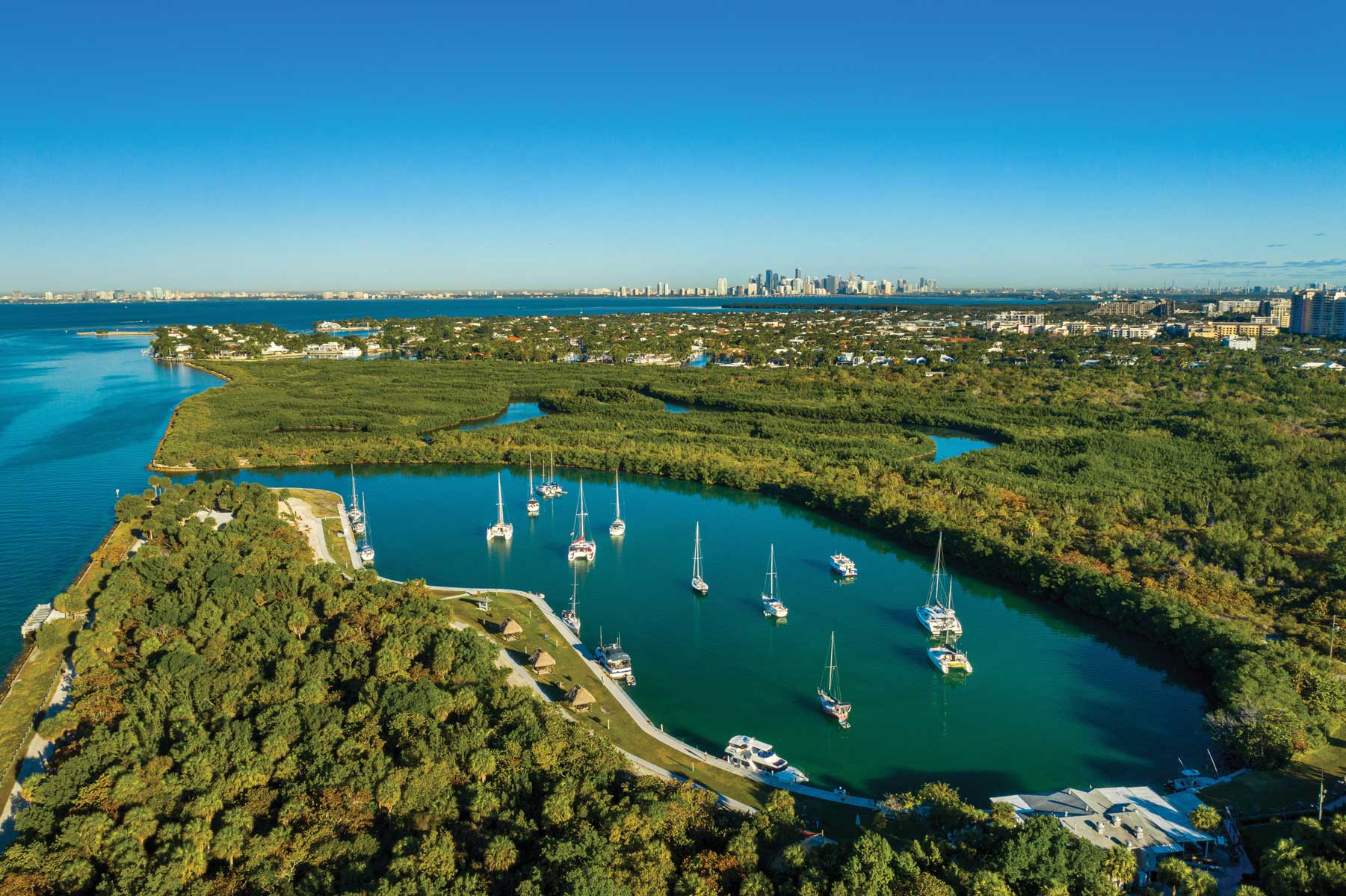


Every now and then, in the midst of our contemporary preoccupations, we’re inclined to muse about the good old days. When reminiscing with friends, celebrating traditions, visiting old haunts, or perhaps when stuck in traffic with unwelcome time to reflect, our thoughts turn to earlier times, sometimes invoking that sepia-toned sense that things were simpler and better in the bygone age.
At this moment in time, as so many newcomers are making full-time homes here, just as old-timers are dwindling in numbers, with new construction proliferating and sugar-cube house variations changing the streetscapes, with daily traffic delays causing snarls both in mobility and mood, as major public works projects engender a sort of shock and awe, it seems a good time to look back on Key Biscayne as it was, in different days.
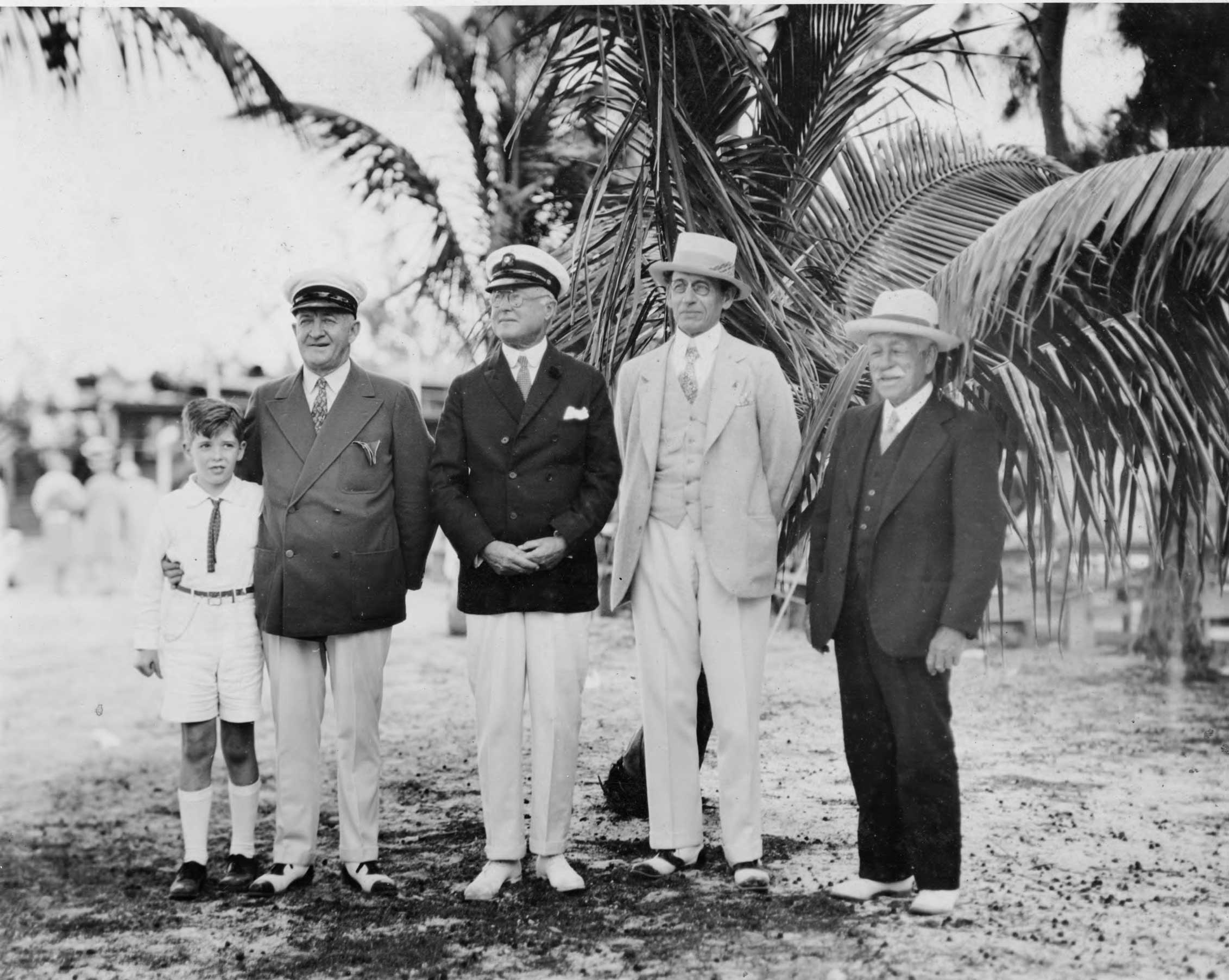
Fortunately, there are resources to draw on. Long-timers now in their late 60s and beyond have memorialized vivid recollections which, unsurprisingly, repeatedly feature friends and neighbors whose own recollections are much the same. We see this over and over in the Lions Club Family Stories collection and in the video interviews maintained with Historical and Heritage Society.
Examples abound. Family Stories from the 1950s cite recurringly to a strong sense of community; pride of place; appreciation for natural beauty; a casual, outdoorsy lifestyle defined by free-roaming kids, neighborliness, and shared family traditions evolving into multi-generational friendships.
Early families found like-minded souls in their neighbors. Many were dedicated to community building, investing personally and generously in founding and developing our service organizations and social and recreational clubs; building local family-owned businesses that feature with such affection in so many stories; establishing houses of worship; supporting schools and athletics – all the cultural conduits that contribute massively to what we recognize as quality of life. And the founders’ philanthropies and public engagement were inherited and brought forward by their kids and grandkids, whose own lives and stories feature the same dedication to community building.
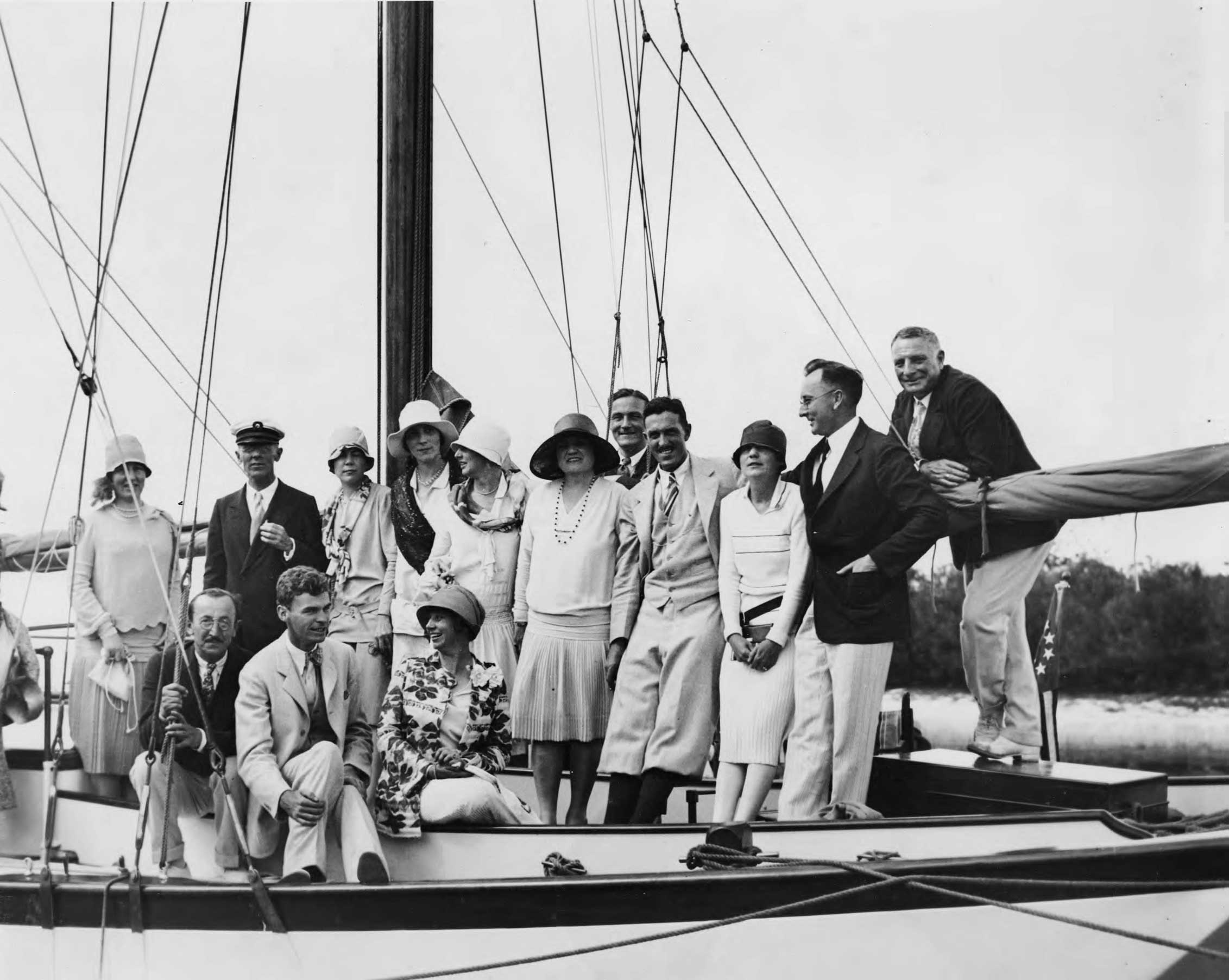
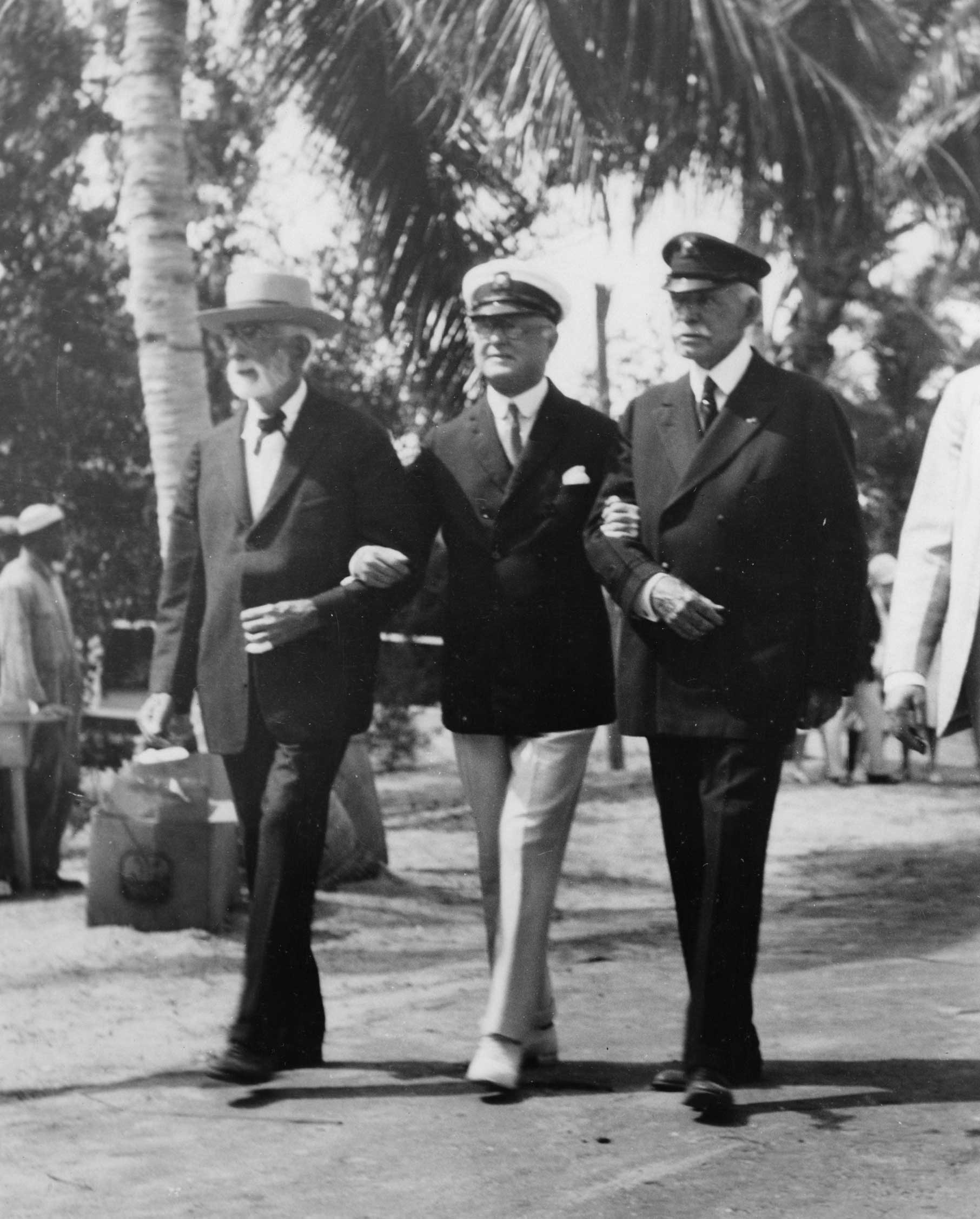
Millennials and Gen Zers grew up savoring Island life much the same as their parents and grandparents. Family Stories from the 50s reveal a lost era in physical terms. Think of Crandon Boulevard with one lane in each direction. The Plantation Big Barn at Crandon and East Enid. The abandoned Lighthouse. The future Heather Drive was a canal. No traffic or traffic lights. No streetlights. A payphone. No private telephones. Acres of straight lines of coconut palms.
Memories of Mac, the Bahamian Plantation manager, who survived the 1926 hurricane clinging to the rafters of the Big Barn as the water rose. Woods and wilds and empty beaches for adventures, discovery and daring-do.
Time passed and the community evolved, but lived experience on the Island – the early Key Rat experience – remained much the same in the ‘60s and ‘70s. Many Family Stories have a Swiss Family Robinson flavor. Elisa Curtis Bailey (yes, that’s why it’s Curtiswood) shares memories of her solo-circumnavigation of the Key in a home-built Pram, shadowed by her dad in the motorboat, assuring help if needed. Her stories and many others tout sailing, swimming, water skiing, fishing, searching for treasures in the flats, and biking everywhere, to school, all over town, in Cape Florida, all the way to Crandon Marina, enabling a stop at the Zoo and a search for peacock feathers.
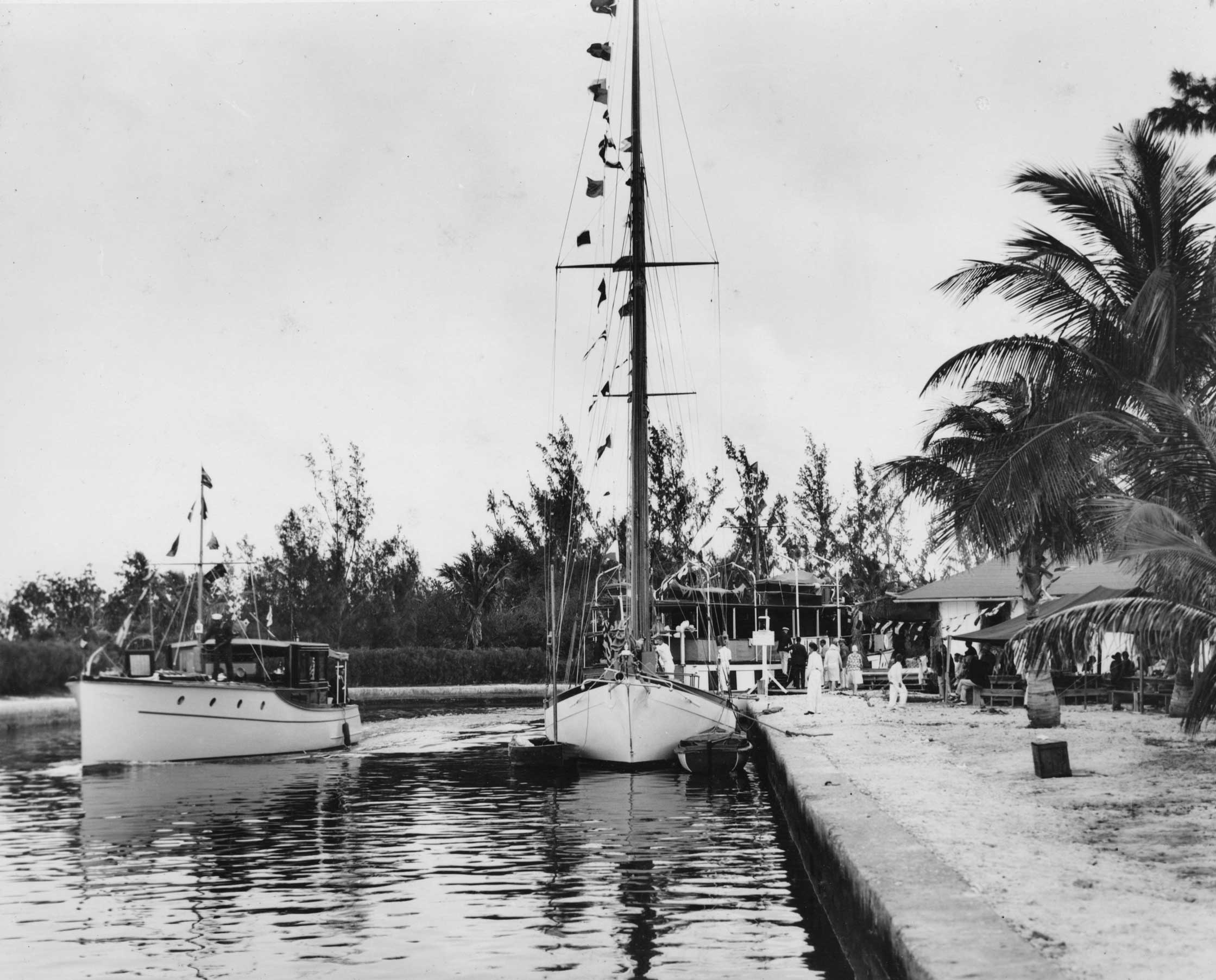
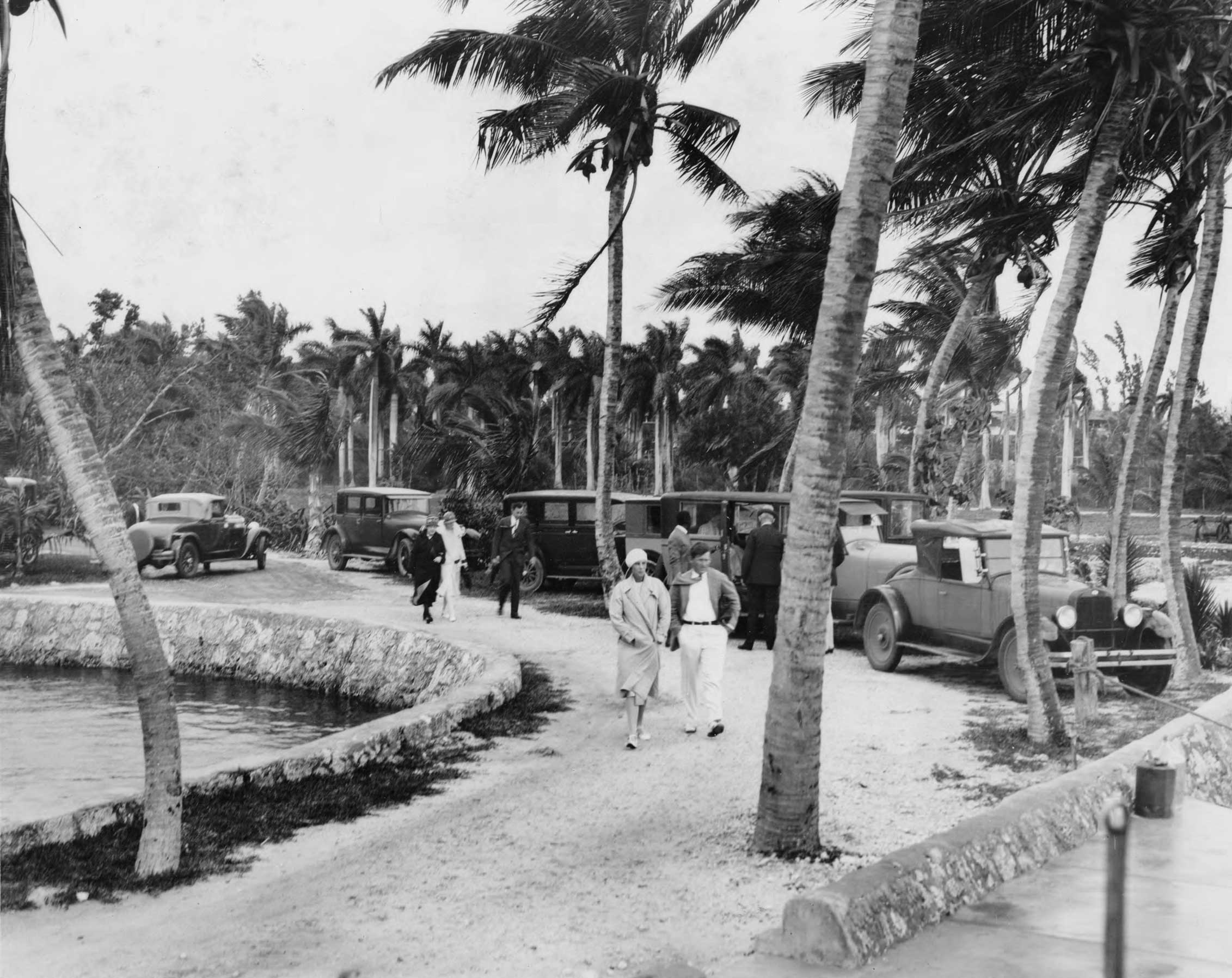
Endless hours at the Beach Club. The Yacht Club. Climbing trees and hanging out in tree forts and secret hideouts. Rope swinging into Pines Canal. Flashlight tag through multiple backyards. Swarms of fireflies and butterflies. Kick the can. Cookouts. Campouts. Kids constructing elaborate concealed “people traps” on the beach, ostensibly to discourage population growth, and concocting ways to distract the Nixon secret service detail.
Key life meant (and still means) interconnectedness with others. The Family Stories frequently name friends and neighbors, reflecting warm affections undiminished over many years. Key Rats married Key Rats; childhood sweethearts for life. Neighbors on Curtiswood whose daughters were each named Barbara Anne agreed on a naming convention – one would be Barbara, the other Anne, thus eliminating confusion when calls to come home for dinner rang out.
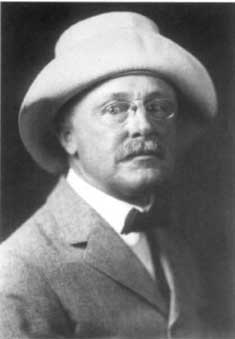
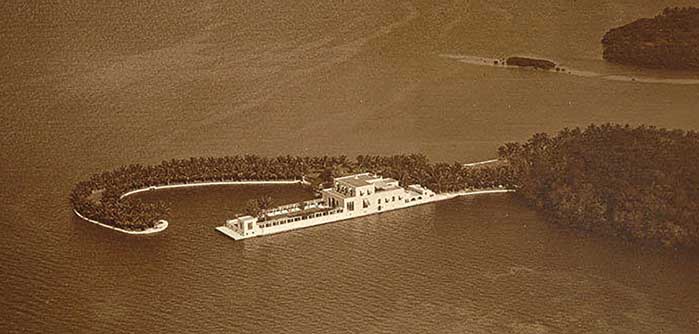
It’s interesting to confront different friends’ take on the same moments. The distracting kites overflying the secret service post, for example. Prudence Gill speaks about the family pet raccoon, Hurtsel Racketty Mascarado Gill. It’s very sweet that Jan Read, in telling her family’s rich story, would think about Prudence’s raccoon after some 60 years, not to mention her coral rock resistant feet and also her early experience with advocacy.
For example, the Loveland Family Story relates that Steven Loveland, originally from Pittsburgh, served in World War II as a navigator on an Army Air Corps B-17. He survived a high-altitude bailout when his plane was shot down on a bombing mission. Steven was captured (at the point of a pitchfork) and incarcerated in a POW camp, Luftstalag III (the site of the Great Escape). How odd that George Coleman, originally from Calgary and another future islander, also served as a navigator, on a RCAF Halifax. His plane too was shot down on a bombing mission.
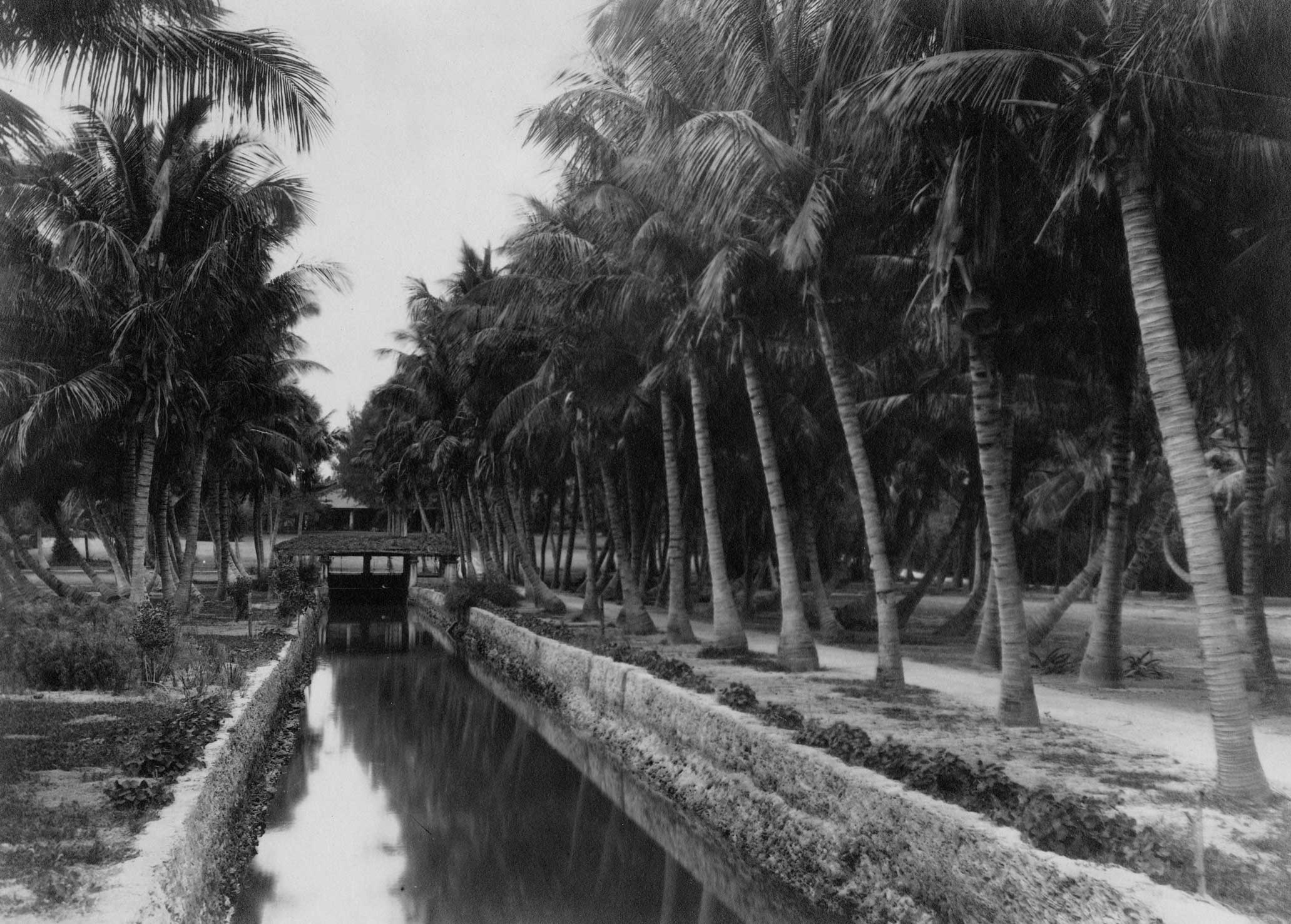
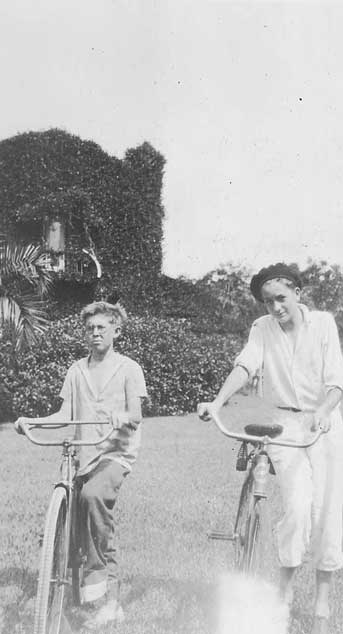
The entire crew was lost except for George, who also survived a high-altitude bail-out, was captured, also at the point of a pitchfork, and interred in the very same Luftstalag III. When the camp was evacuated with the Russians pressing west, both Steven and George survived the frigid Death March. Later, Steven, the American, settled on West Enid. George, the Canadian, on Harbor Drive. Small world. Their kids know their stories and are sharing them, with pictures and letters, now. Another small world story.
Island life has changed of course. But with all the changes, we find continuity. This a critical theme. With all that’s changed what’s most important abides. Its wise and worthwhile to consider certain timeless verities. Key Biscayners have always been visionaries. That remains true. The natural beauty of this place still shines, as does our appreciation for it, our embrace of the outdoors, and our striving for good stewardship. The best historical constants defining Key Biscayne persist.
Whether you are a Key Biscayne history novice or savant or just want to learn more about our unique history and be involved in a worthwhile civic endeavor, all are welcome!
KBHHS is an all-volunteer organization with numerous opportunities for participation, leadership roles and initiatives and community involvement.
Where the Past is always Present
KBHistory.org